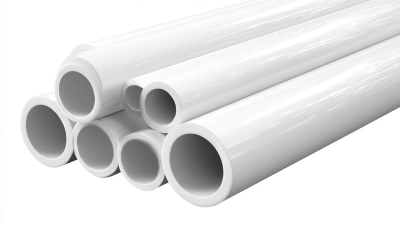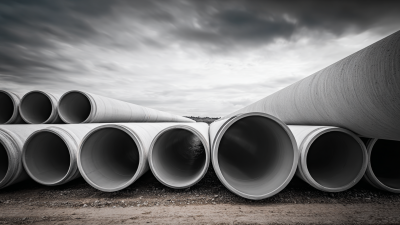Email Id: sale@adctooling.com
Choosing the right hose fittings is crucial for ensuring efficiency and safety in various applications, whether in industrial environments, agriculture, or home gardening. With a wide array of options available, it can be daunting to determine which fittings are best suited for your specific needs. Hose fittings must be compatible with your hoses and the substances they will convey, taking into account factors such as pressure ratings, material compatibility, and connection types. In this guide, we will explore key considerations to help you make informed decisions when selecting hose fittings. By understanding the different types of fittings, their applications, and how to evaluate your requirements, you will be better equipped to select the right components that enhance performance and durability while minimizing leaks and failures. This comprehensive approach ensures that your hose system operates smoothly and effectively in any situation.
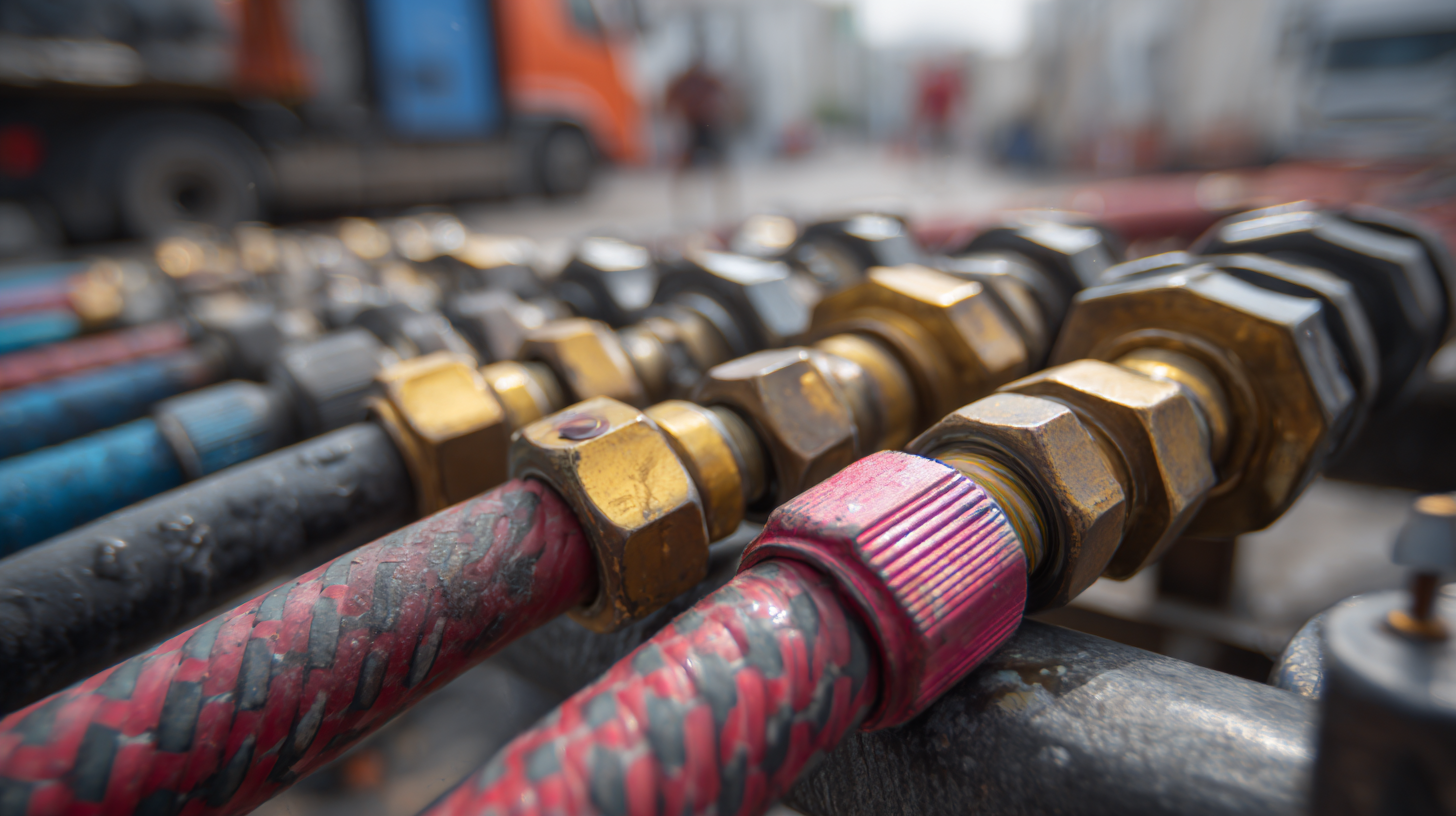
When selecting hose fittings, it’s essential to understand the various types available in the market and how they cater to specific needs. One of the most common types is threaded fittings, which provide a secure connection by screwing onto the hose. These are often used in high-pressure applications and can be found in different thread styles, including NPT (National Pipe Thread) and BSP (British Standard Pipe). Choosing the right thread type is crucial for ensuring compatibility with existing systems.
Another popular option is quick disconnect fittings, which allow for rapid and easy connections without the need for tools. These fittings are especially beneficial in environments requiring frequent hose changes, such as in automotive or industrial applications. Additionally, barbed fittings, which feature raised ridges to grip the hose, provide excellent sealing capabilities and are ideal for low-pressure applications. Understanding these different types of hose fittings will help you make an informed decision, ensuring that you select the most suitable option for your specific requirements.
| Type of Hose Fitting | Material | Pressure Rating (psi) | Temperature Range (°F) | Best Uses |
|---|---|---|---|---|
| Barbed Fittings | Plastic, Brass, Stainless Steel | 100 - 300 | -20 to 200 | Water, Air, Low-pressure applications |
| Flare Fittings | Brass, Stainless Steel | 300 - 600 | -40 to 250 | Gas and High-pressure applications |
| Camlock Fittings | Aluminum, Stainless Steel | 150 - 400 | -30 to 150 | Liquid Transfer, Agriculture |
| NPT Fittings | Steel, Brass | 200 - 800 | -20 to 300 | Hydraulics, Industrial applications |
| Quick Connect Fittings | Brass, Plastic | 200 - 500 | 0 to 180 | Quick disconnect for air and fluid transfer |
When selecting hose fittings, assessing material compatibility is crucial to ensure durability and performance in various applications. For instance, industries rely on materials that can withstand specific environmental conditions, such as exposure to chemicals, temperature fluctuations, and mechanical stresses. Similar to recent research that highlights the use of xylan as a compatibilizer in enhancing cellulose and lignin coatings, hose fittings must be chosen with attention to the compatibility of materials used in their construction. This ensures that they can perform efficiently under wet, low-temperature conditions without degrading over time.
Furthermore, advancements in material engineering demonstrate the importance of utilizing renewable resources and eco-friendly composites. Just as natural fiber composites are being explored as sustainable alternatives to conventional materials, selecting hose fittings made from compatible, durable materials can contribute to overall sustainability efforts. Evaluating the interaction between different materials, such as rubber, metal, and plastics, is essential in applications ranging from industrial processes to automotive components. By understanding material compatibility, industries can ensure the longevity and effectiveness of hose fittings in demanding environments.
This chart illustrates the compatibility of various materials used in hose fittings based on their durability and performance characteristics. The data reflects how different materials withstand various environmental factors.
When selecting hose fittings, one of the most critical factors to consider is the pressure rating of both the hose and the fittings themselves. Each fitting is designed to withstand a specific maximum pressure, and exceeding this rating can result in catastrophic failures, including leaks or bursts.
To ensure safety, always match the pressure rating of the fitting with that of the hose. It’s advisable to choose fittings that can handle pressures well above the operational needs to provide a margin of safety.
Another vital consideration is the temperature rating. Hose fittings must be capable of functioning safely within the intended temperature range. High temperatures can degrade materials, leading to reduced performance and potential hazards.
For example, metal fittings often have higher temperature resistance than plastic ones. Therefore, evaluating the temperature conditions in which the hose and fittings will operate is essential. By carefully assessing both pressure and temperature ratings, you can significantly enhance the reliability and safety of your fluid transfer system, ensuring it meets your specific needs efficiently.
When selecting hose fittings, identifying the specific application and its unique requirements is crucial. Different industries, ranging from agriculture to manufacturing, have distinct demands that dictate the type of fittings needed. For example, a report by the National Fluid Power Association reveals that improper fitting selection can lead to inefficiencies costing businesses up to 15% in operational productivity. This highlights the importance of matching fittings to the specific needs of the application.
Another critical factor is the compatibility of materials. Depending on factors such as pressure, temperature, and the type of fluid being transported, certain materials may perform better than others. According to a study published by the Hose Manufacturers Association, using the incorrect fitting material, such as rubber versus metal, can result in premature failure and safety hazards in high-pressure systems. Understanding these dynamics ensures that the right hose fittings are chosen, optimizing both safety and efficiency in operations.
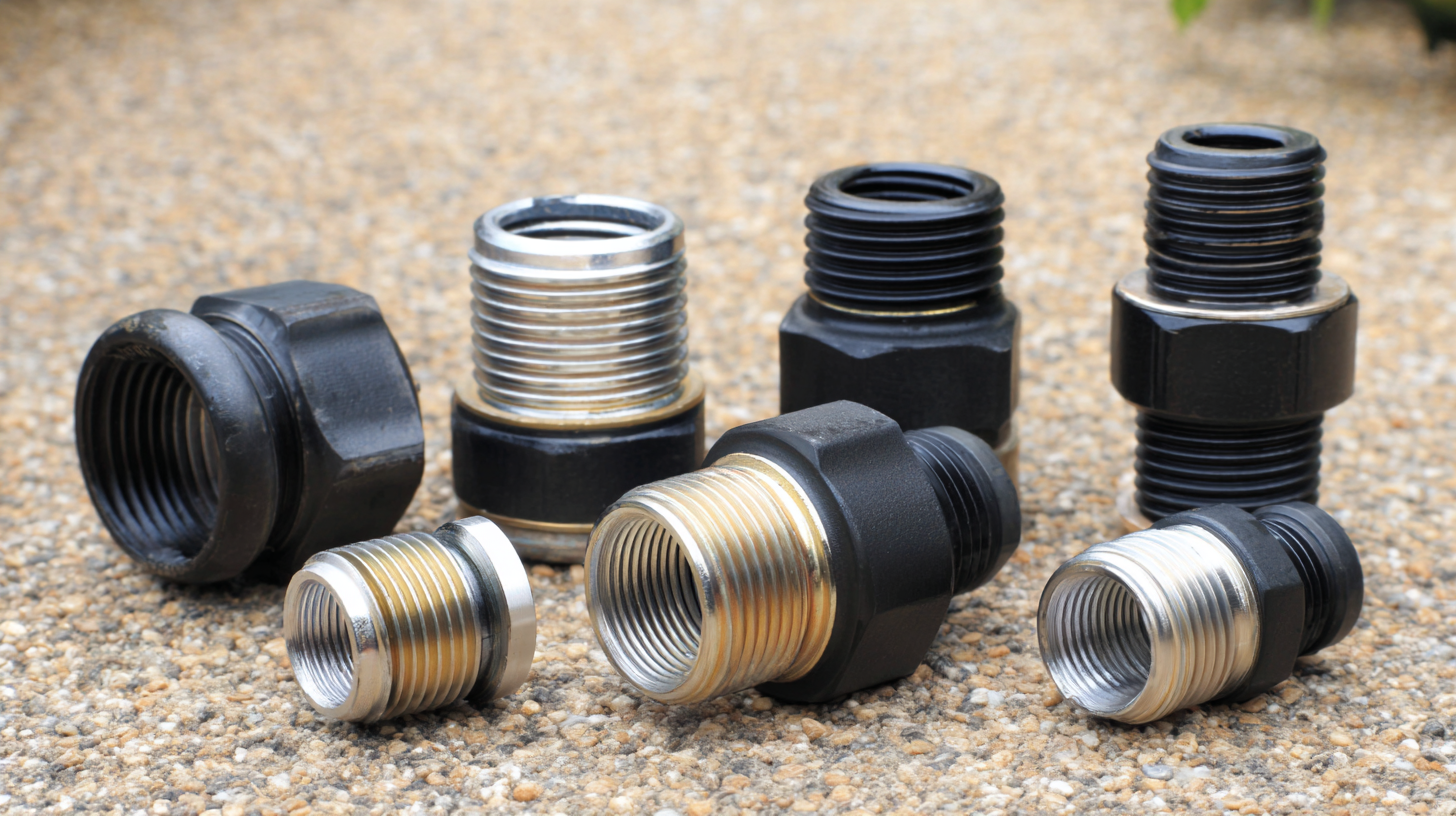
When installing hose fittings, it’s crucial to start with cleaning the connection points thoroughly. Any debris or contaminants can lead to leaks or reduced efficiency. Ensure that the hose ends and fittings are dry before making the connection. Use a proper wrench to secure the fittings without overtightening, as this can damage both the fitting and the hose. For threaded fittings, applying a suitable thread sealant or tape can help prevent leaks and ensure a tight seal.
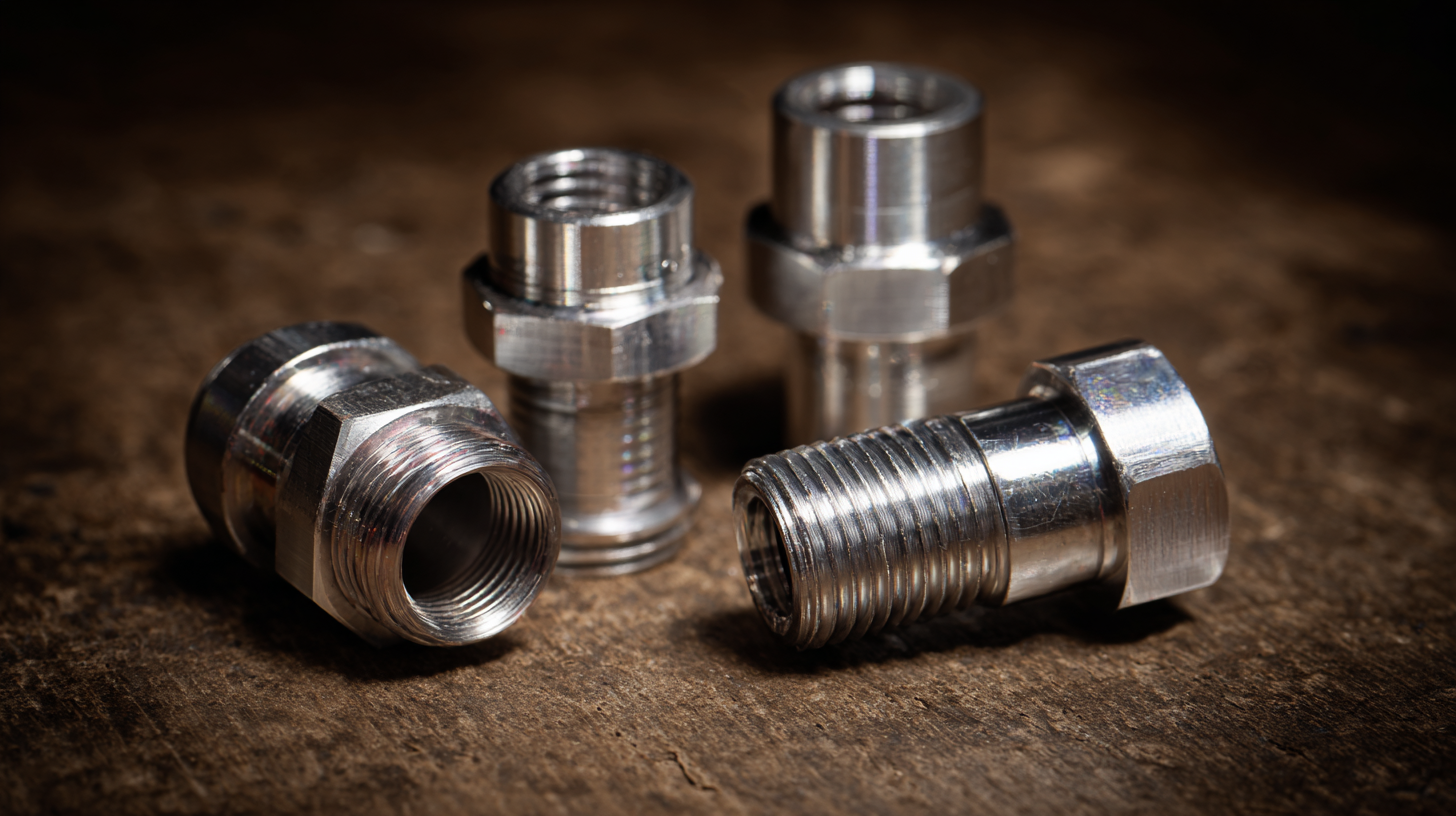
Regular maintenance is equally important to extend the lifespan of hose fittings. Periodically check for signs of wear or corrosion, especially if the fittings are exposed to harsh environments. A visual inspection can help detect any issues early. Additionally, consider lubricating the fittings as recommended by the manufacturer to promote smooth operation and ease of connection or disconnection. By following these installation and maintenance tips, you can ensure that your hose fittings perform effectively and reliably, thus meeting your specific needs.

